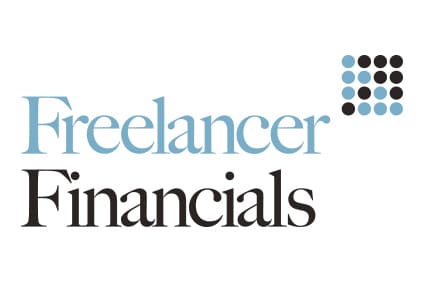Individual taxpayers are afforded a number of allowances that enable them to receive income in their hands tax-free and by structuring your affairs it is possible to keep HMRC’s hands off just over £23K of your hard earned income.
Personal allowance
This is currently £11,000 and could be used against a contractor’s salary of £8,060, so as to avoid Class 1 NIC, and the balance utilised against other income, such as dividends. The allowance is reduced by £1 for every £2 by which adjusted net income exceeds £100,000. The allowance will therefore be lost entirely where adjusted net income exceeds £122,000.
Dividend allowance
As from 6th April 2016, the first £5,000 of dividend income is tax-free. Although described as an allowance it actually forms part of a person’s basic rate band of £32,000.
Personal Savings Allowance
Just like the dividend allowance, this is another new kid on the block for this tax year. Basic rate taxpayers can earn up to £1,000 in savings income tax-free. This is reduced to £500 for higher rate payers and withdrawn completely for those paying tax at the additional rate.
Savings nil rate band
In addition to the Personal Savings Allowance there is a nil rate band of £5,000 for savings income. There is however a catch, as this is only available to those with taxable non-savings income of less than £5,000. Even where an individual has taxable non-savings income of less than £5,000, the savings nil rate band is reduced by the corresponding amount of taxable non-savings income.
Marriage allowance
Those who are married or in a civil partnership are able to transfer 10% of their personal allowance to their spouse or civil partner, provided that neither of them pays tax at the higher or additional rates. The allowance is worth £1,100 and will be particularly useful where one spouse/civil partner cannot fully utilise their personal allowance and the other person in the relationship is a basic rate taxpayer.
It will only be possible for a person to receive £23,100 tax-free where they:
- have taxable non-savings income of no more than £11,000;
- have savings income of at least £6,000;
- have dividend income of at least £5,000;
- do not pay tax at the higher or additional rate; and
- can benefit from the marriage allowance.
Illustration
In 2016/17, Cassandra earns a salary of £10,000, interest of £7,000 and dividends of £6,100. Her husband, Rodney, receives a salary of £9,500 and as he does not use up all his personal allowance he can transfer £1,100 to Cassandra.
Cassandra’s tax position is:
| Total (£) | Non-savings income (£) | Savings income (£) | Dividend income (£) | |
|---|---|---|---|---|
| 23,100 | 10,000 | 7,000 | 6,100 | |
| Personal allowance | (11,000) | (10,000) | (1,000) | |
| Personal savings allowance | (1,000) | (1,000) | ||
| Dividend allowance | (5,000) | (5,000) | ||
| Marriage allowance | (1,100) | (1,100) | ||
| Taxable income | 5,000 | 0 | 5,000 | 0 |
| Savings starting rate of 0% | 0 |





It seems pretty unrealistic that someone earning £10K/annum would have assets generating over £13K/annum in dividend and interest. Realistically you would need well over £500K in savings and shares. Even if you did have that, in all likelihood they would have been dumped into ISAs at some point. Of course, CGT has been neglected here, so if you could use that allowance, you could have earn another £11K+/annum tax free. They may be some pensioners who the above scenario could apply but I suspect less than a dozen of so people could hope to pull this off.
@ArrGee
Yes, the savings allowances appear to be geared towards pensioners not contractors. The main difference is that your bank no longer deducts tax on interest directly, and you have to declare it on your tax return instead. There is a good chance the answer is zero, unless you have a lot of savings and a income.
Everything’s “avoidance” (aka what hector thinks should be, but deep down knows isn’t, evasion) now, doncha know?